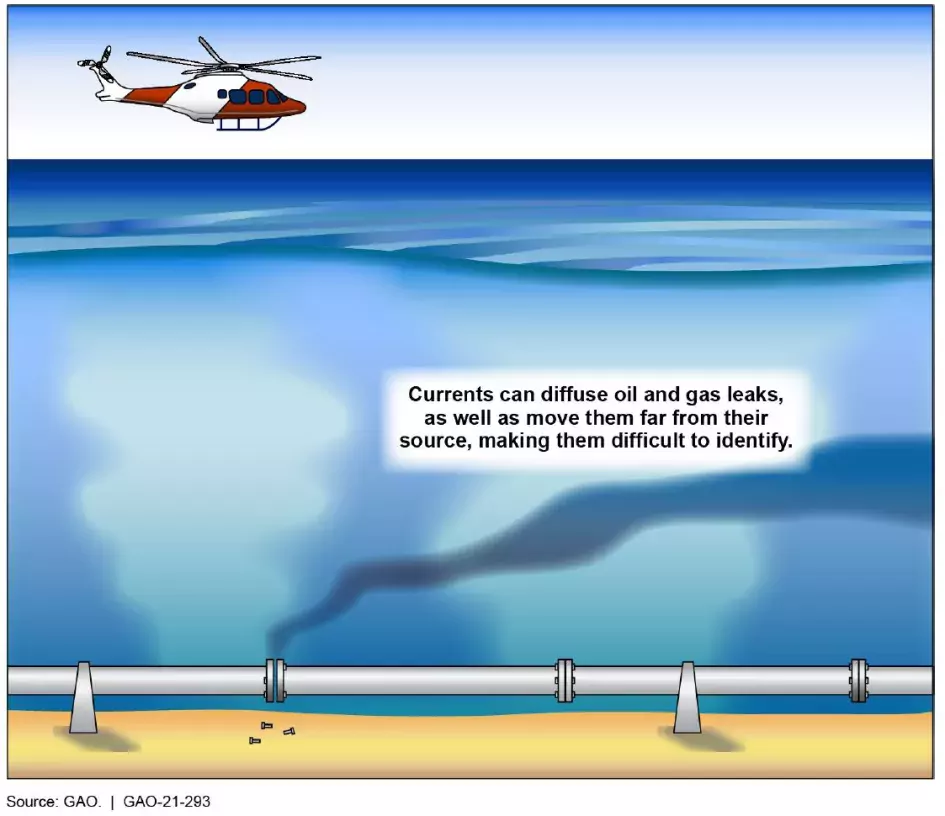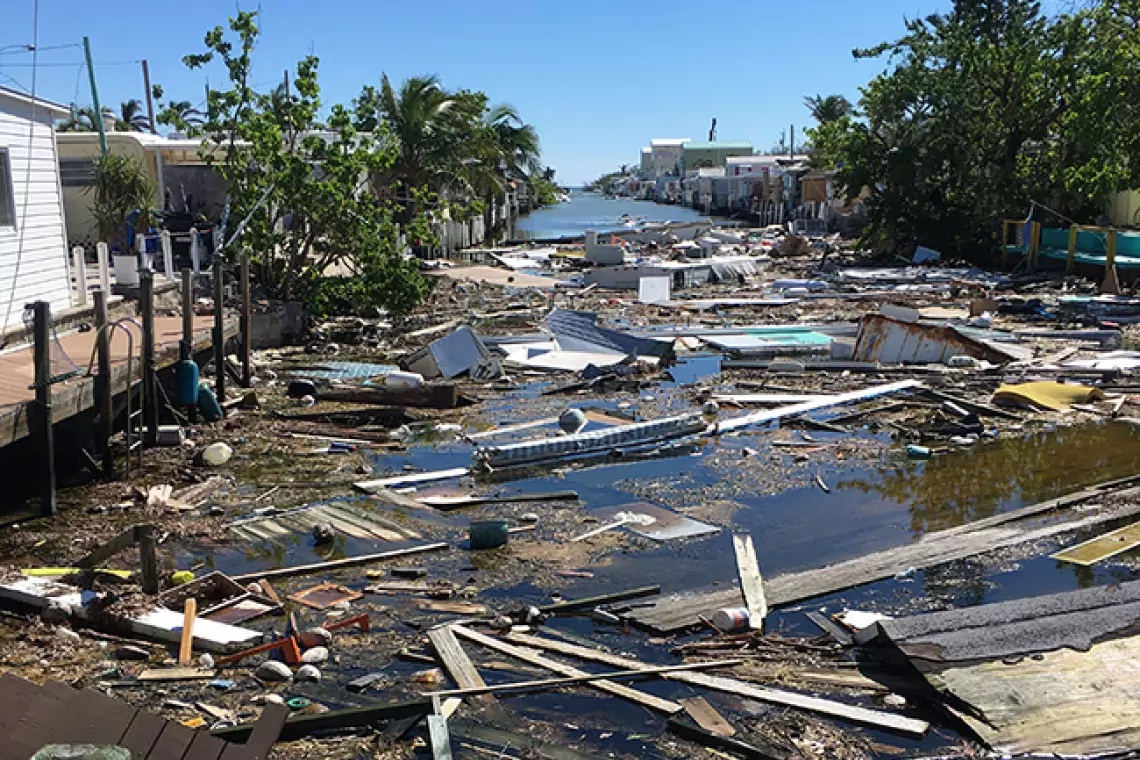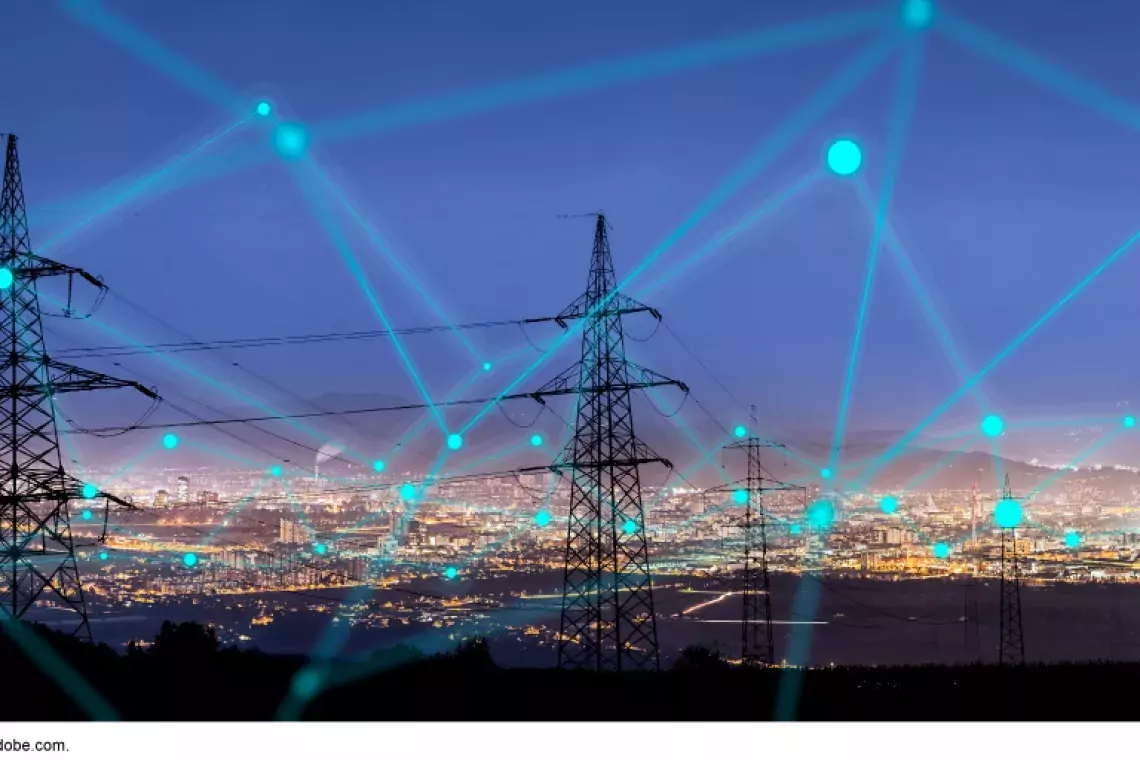Oil Spills in The Wake of Hurricane Ida Highlight Need for Better Federal Oversight of Offshore Oil and Gas Pipelines
In the wake of Hurricane Ida, oil spills—including 1 over 10 miles long—were soon spotted in the Gulf of Mexico. The exact cause of those spills is not always known. But currently, there are about 26,600 miles of active and no-longer-used (decommissioned) offshore oil and gas pipelines along the seafloor in the Gulf alone. How well are they protected from events like Ida? Today’s WatchBlog post explores.
Hurricanes and pipelines
Hurricanes and other natural events, such as mudslides and seafloor erosion, can move or expose both active pipelines and those no longer in use. Unburied or moved pipelines can pose environmental, safety, and economic risks. For example, they can become hazards to commercial fishing or navigation, destroy subsea habitats, disturb historical artifacts, or damage other oil and gas infrastructure.
Oil and gas pipelines have been displaced – and in some cases relatively long distances - when hurricane winds roil ocean waters. For example, a pipeline segment was found about 4,000 feet from its original location after Hurricane Katrina. Additionally, pipelines that are displaced or become unburied are more likely to become damaged, which could cause both active and pipelines no longer used to leak oil, gas, or other substances, such as chemicals, that can pollute our oceans and other bodies of water.
At the federal level, the Department of the Interior’s Bureau of Safety and Environmental Enforcement (BSEE) is in charge of overseeing and regulating the offshore energy industry, mainly natural gas and oil, to protect the environment.
Potential Effects of Currents on Pipeline Leak Identification
Image

What about pipelines make them susceptible to damage?
Active Pipelines. BSEE does not generally conduct or require subsea inspection of nearly 8,600 miles of active pipelines to detect leaks. This makes it difficult both to find the source of an oil or gas leak, and also identify potential structural weaknesses that could be more susceptible to storm damage.
Decommissioned-in-Place Pipelines. BSEE has authorized the oil and gas industry to leave over 18,000 miles of pipeline that are no longer in use on the Gulf of Mexico seafloor. Decommissioning pipelines in place generally consists of cleaning and burying the pipelines, but BSEE does not usually inspect cleaning or burying activities. As a result, BSEE cannot fully account for the risks posed by these pipelines.
How can environmental and economic risks caused by pipelines be reduced?
In March, we recommended that BSEE take actions to improve its oversight of offshore pipelines. Specifically, we recommended BSEE further update and implement pipeline regulations to address long-standing limitations impacting its ability to (1) ensure active pipeline integrity and (2) address safety and environmental risks associated with pipeline decommissioning-in-place. With new, enforceable requirements, BSSE will be able to better address environmental and other risks resulting from potential future hurricane damage to pipelines.
Comments on GAO’s WatchBlog? Contact blog@gao.gov.
GAO Contacts
Related Products

GAO's mission is to provide Congress with fact-based, nonpartisan information that can help improve federal government performance and ensure accountability for the benefit of the American people. GAO launched its WatchBlog in January, 2014, as part of its continuing effort to reach its audiences—Congress and the American people—where they are currently looking for information.
The blog format allows GAO to provide a little more context about its work than it can offer on its other social media platforms. Posts will tie GAO work to current events and the news; show how GAO’s work is affecting agencies or legislation; highlight reports, testimonies, and issue areas where GAO does work; and provide information about GAO itself, among other things.
Please send any feedback on GAO's WatchBlog to blog@gao.gov.




